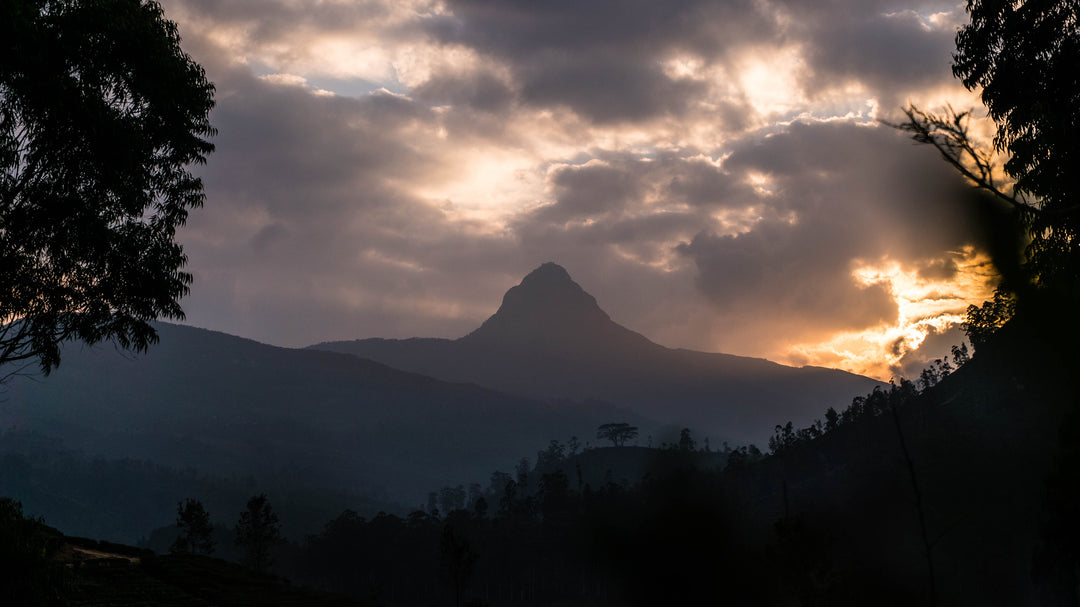Black Tea Production Series: Part 6 – Expert Tasting and Tea Quality Evaluation
This is the final part of the tea story and it is about tasting. Tasting is so important but also so difficult, and it requires real expertise and not everyone has that necessary taste buds to be a taster, but I will give you a feel about how tasting works.
To become a qualified tea taster in Colombo you need to train for a minimum of 7 years.
Many will specialise in a particular grade or region. For example you might only taste high grown BOP & BOPF grades, or low grown flowery grades like FBOP & FBOPF. Tasters in their specialist area, will be able to identify blind which estates tea they are tasting. As tasters we provide feedback to the estates about how they can improve their teas, or what PMD Tea is looking for, if an estate wants its teas to be included in our blends.
When I first went to learn tasting from a senior Tea broker in Colombo, who had over 40 years’ experience, I naively asked him how long it would take for me to master the art of tasting. As he handed me an apron and tied his he said "I have been doing this for 40 years and I am still learning ....lets go and taste"
To carry out a professional tea tasting a few things are needed. Firstly a set of tea tasting cups. A set includes a mug infuser and a bowl. This is a standardised set across global tea firms. The infuser can hold 150ml of water and will have 2g of tea that will be infused with water. For black teas we brew for 5 minutes and then pour the contents from the infuser mug into the bowl. The tea will be left to sit for another 5 minutes so that heat can come off. Finally the taster will use a spoon and slurp a tablespoon of tea into their mouth making a noise as he or she does so. The reason for this is so that air is draw through the tea. The air opens up the flavour profile of that particular tea.

To carry out a professional tea tasting a few things are needed. Firstly a set of tea tasting cups. A set includes a mug infuser and a bowl. This is a standardised set across global tea firms. The infuser can hold 150ml of water and will have 2g of tea that will be infused with water. For black teas we brew for 5 minutes and then pour the contents from the infuser mug into the bowl. The tea will be left to sit for another 5 minutes so that heat can come off. Finally the taster will use a spoon and slurp a tablespoon of tea into their mouth making a noise as he or she does so. The reason for this is so that air is draw through the tea. The air opens up the flavour profile of that particular tea.
When grading tea and selecting its suitability, we look at many things in the dry leaf, infused leaf and finally in the cup.

Nosing the mug infuser on Lovers Leap to choose the best of the seasonal batches
Here are some of the terms you might hear being used by tasters.
When inspecting the dry leaf on a tea like an Orange Pekoe grade we would be looking for "black" in the leaf. The dry leaf should be black free of brown stalk with an even particle size. Teas that have a "greyish" sheen to the leaf indicate that the tea has been overhandled in the sifting process. Over handling ultimately leads to flavour being lost in the cup.
For leafy teas like O.P it should not be "flaky" this is where tea hasn't been rolled properly which can be due to lack of withering or due to not enough pressure being applied during the rolling process. A quick way to know if a tea is flaky or not is to check how the Estate is packing its tea. For a standard Tea sack you can pack 35Kgs of O.P. Flaky teas due to the fact they lack a tight twist will pack 29-30kgs of tea to the same sack.
For infused black leaf we are looking for a bright coppery infusion. The infuser mug will also be nosed by tasters. Infusions that have "aroma" a smell or scent with character, are a good indicator that the tea is well made.

A well made FBOP, with even particle size free of stalk
A "dull" infusion is one that lacks brightness, the leaf will look brown this can be due to poor firing. Usually teas that are dull will have a high moisture content to them.
Finally the liquor will be dependent on the type of tea and a variety of characteristics will be sought after.
When selecting BOP grades for our Breakfast blend I will be looking for "body" this is where a cup has fullness and strength as opposed to being thin. I would also want teas that are "brisk" these are teas that have a live character and show good manufacture. As opposed to teas that are "flat"
Teas that we don't use in our blends tend to have terms associated with them and denote poorly made teas.

In the tasting room with commercial customers doing a tasting of over 100 cups
Terms like "smoky" a burnt overfired note where dryer temperature has been set to high. (This is not to be confused with Lapsang Souchong teas where a smoky note is imparted on the tea during the making of tea.) "Fruity" can be due to over oxidisation or due to a bacterial infection being in the tea due to poor hygienic practices from the estate.
"Green" is a raw flavour that is often due to the tea being under oxidised.
I hope over the last six weeks or so you have firstly found the story interesting but also you have started to appreciate the challenges of growing and producing amazing Sri Lankan tea. It is a hard industry and one that is currently going through some tough times as I am sure you will have read in the news, but Sri Lankan tea is where my heart is and it is just the best in the world. But perhaps I am a little biased !




